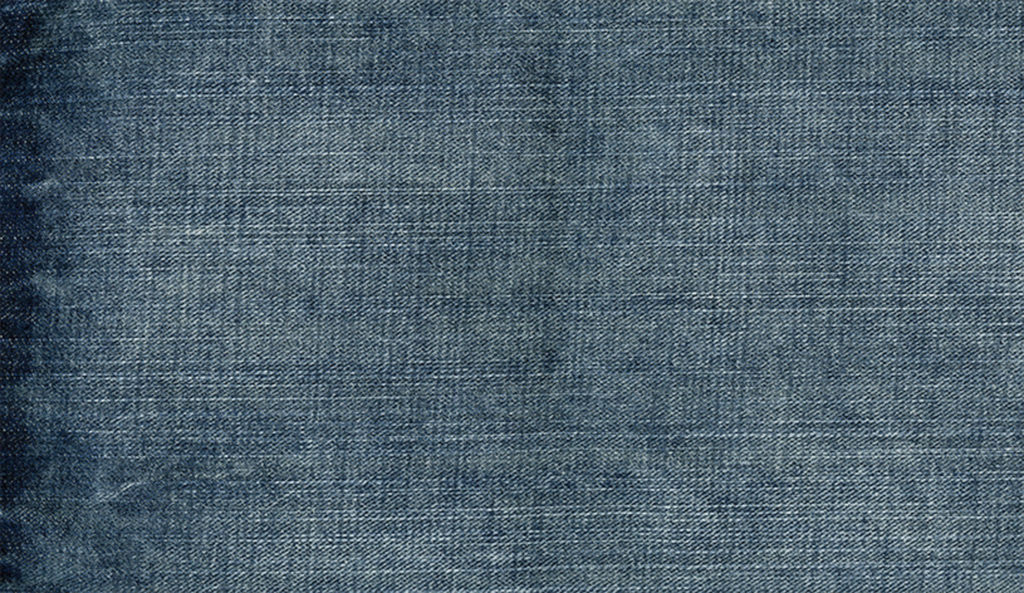
Remember those treasured jeans from your youth that took you months to attain a certain faded look? Sure, these days manufacturers can replicate that look, but it comes at a high environmental cost.
In a study published in the Journal of Imaging, Science and Technology, Lisa Chapman, associate professor of textile and apparel technology and management at North Carolina State University, and former grad student Ming Wang note that digital printing could be a viable method for making new jean products in the future, by using less water and less energy. Their research explored the potential for inkjet printing to reproduce the coloration and finishing techniques of traditional denim fabric.

The process begins with high resolution scans of jean samples to create a digital file containing color and transparency information. Then a special inkjet printer deposits droplets of textile colorant ink on the fabric surface in the same way a home inkjet printer prints to paper. The resulting denim can look brand new or replicate the desired faded and worn look. Unlike traditional printing, Inkjet printing offers unlimited colors and is more cost effective because fabrics can be printed on demand.

 TEXTILES.ORG
TEXTILES.ORG


